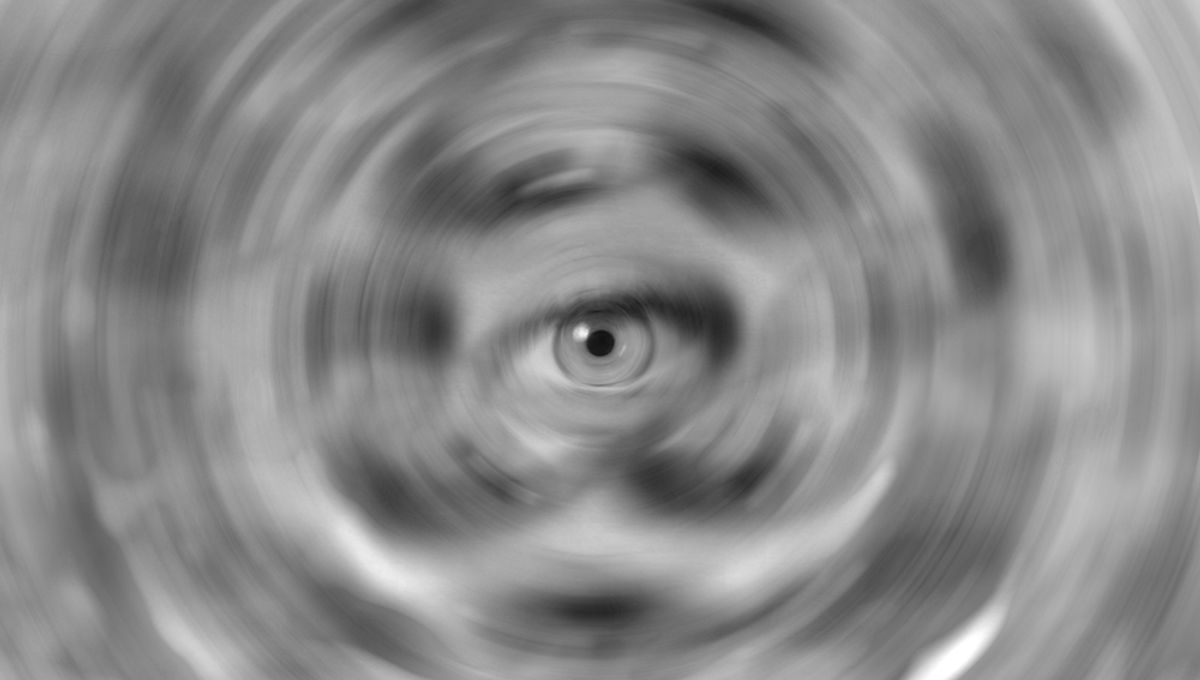
In 1963, two teenage boys decided to do a science project where they stayed awake as long as possible and ended up in the Guinness Book of Records.
Randy Gardner and Bruce McAllister first decided they wanted to study the effects of sleep deprivation on “paranormal ability”, before abandoning this idea due to fairly apparent practical problems, instead exploring the effects of sleep deprivation on cognitive and physical performance. The only thing left to do was to flip a coin to see who would take notes and who would endure a state of sleeplessness never previously endured by any known human in history. Pretty much your standard group project dynamic.
Randy lost the toss and prepared for his ordeal. The experiment could have ended up in complete obscurity, were it not for a local paper that covered it, drawing the attention of Stanford sleep researcher Dr William C. Dement.
“I was probably the only person on the planet at the time who had actually done sleep research,” Dement told The BBC. “[Randy’s parents] were very worried that this might be something that would really be harmful to him. Because the question was still unresolved on whether or not if you go without sleep long enough you will die.”
Death was not totally out of the question, it seemed. Previous experiments on humans had shown sleep deprivation caused paranoia, suspicion and other problems in volunteers – while a subsequent experiment that kept domestic cats awake for 15 days proved fatal. At the request of his parents, the experiment on Randy would be supervised by Dement, as well as Lt. Cmdr. John J. Ross of the U.S. Navy Medical Neuropsychiatric Research Unit in San Diego.
In order to keep him awake, the team would make him play pinball and basketball, prevent him from lying down, and make him talk through the toilet door whenever he went to the bathroom, in case he was tempted into taking a sneaky toilet nap.
The early stages of the experiment went well for the boy, just 16 at the time of the study.
Day two saw him having difficulty identifying objects by touch. On day three he had become moody and was struggling to perform tongue-twisters, (though they are sort of designed that way).
Memory lapses and his first hallucinations and delusional episodes set in on day four. “I hallucinated that I was this famous black football player, Paul Lowe, from the San Diego Chargers,” he wrote in Esquire years later. “My friends thought that was hilarious, ’cause I weighed like 130 pounds.”
Hallucinations continued the following day, with the boy seeing a forest pathway in front of him, rather than the rest of his house.
“After that point, everything basically went in the toilet,” he wrote. “There were no more highs, just lows and lower lows. It was like someone was taking sandpaper to my brain. My body was dragging along okay, but my mind was shot.”
Over the next few days, his speech slowed and began to slur, while his memory became worse. He would start sentences, then stop halfway, either forgetting where he was going or being interrupted by a new thought entirely. He was, however, still able to play ping pong
Like others who have endured sleeplessness, he experienced paranoia, though nothing compared to the previous record-holder – Tom Rounds, a radio host who didn’t sleep for 260 hours.
Another DJ – Peter Tripp – was examined by a psychiatrist after staying awake for 200 hours, and he believed that the doctor was actually an undertaker who had come to bury him alive. He fled while barely dressed.
On the final day of his experiment, Randy was expressionless and needed constant prompting in order to respond to any questions, which he would do in a slurred monotone. Tests on his mental abilities ceased very quickly, as he would eventually forget what he was doing.
Nevertheless, he appeared not to suffer from many ill effects, setting a new world record after he made it through the sleepless days and nights. Following Gardner’s time awake, he was monitored for several nights – which involved a lot of REM sleep, gradually going back to normal.
The experiment concluded that during the sleep deprivation, areas of his brain had been “catnapping” the whole time. The same effect was later seen in rat experiments, where subsets of cortex neurons switched off as the sleep-deprived rats continued about their business, awake.
“He wasn’t the first human being – or pre-human being – to have to stay awake for more than one night and that the human brain might evolve so that it could catnap,” McAllister told the BBC. “Parts of it could catnap and restore – while parts of it were awake – made total sense. And that would explain why worse things didn’t happen.”
Other humans have since topped Gardner’s time spent awake – though the Guinness Book of Records has stopped publishing any attempts, as to not encourage an activity that could cause harm to participants.
This article first appeared in August 2021.
Source Link: A Boy Went Without Sleep For An 11-Day School Project – And Hallucinations Kicked In